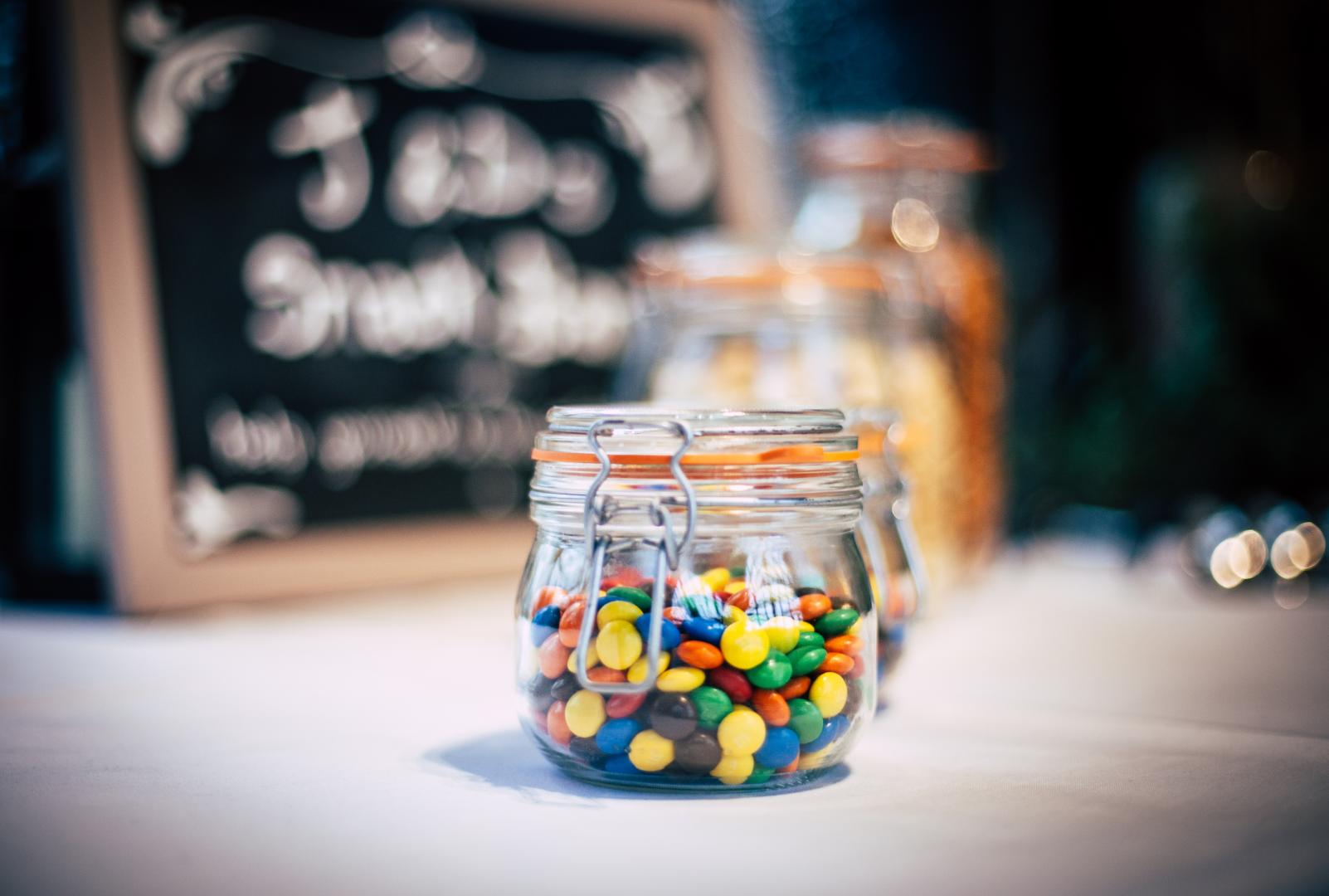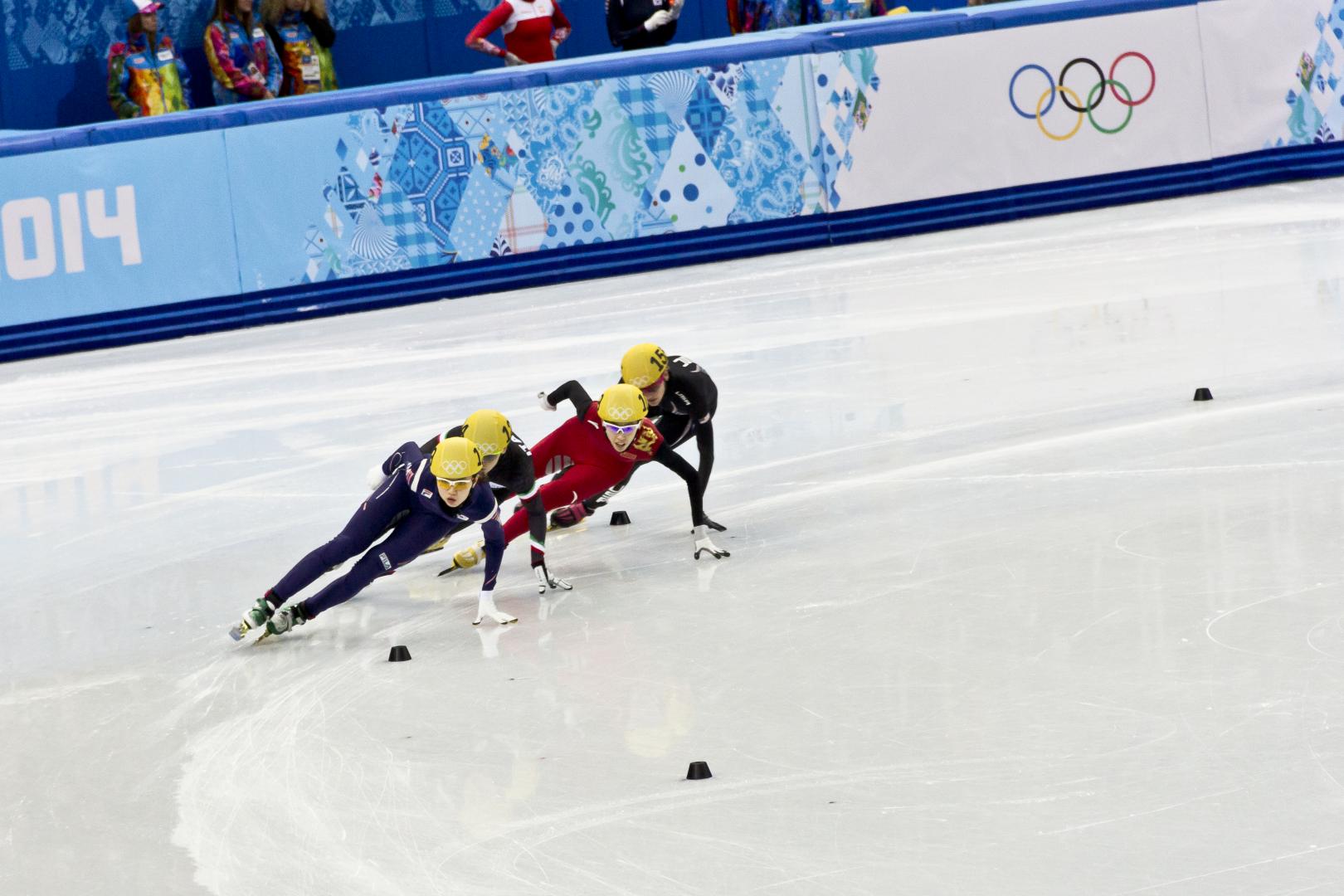5 Surprisingly Easy Ways To Eat Like An Olympian

Unsplash/Pierre Herman
We don’t know about you, but we’re psyched about the PyeongChang 2018 Olympics. There’s just something so majestic about how our favorite athletes move through their beloved sports, and it makes us wonder how we could ever possibly reach that level in our own lives. Well, guess what? Nutrition plays a major role in it. And professional athlete-style eating is surprisingly within reach for each of us. Potential gold medals aside, here’s how to fuel up like an Olympian any day of the year.
1. Stop counting calories.
While there is a clear methodology behind the design of an Olympic athlete’s diet plan, there isn’t a perfect number of calories he or she absolutely must hit in order to perform at a peak level. Think way more about the quality of your food and the balance of portions you create for each macronutrient rather than the literal energy you can derive from a single grain of rice. After all, different body weights and different energy expenditures for different sports require different total amounts of fuel. It’s pretty impossible to arrive at one perfectly scientific number and stick to it.
2. Limit that sugar intake.

Unsplash/Clem Onojeghuo
One thing Olympians are definitely mindful of is how much added sugar they consume on a daily basis. Added sugar has very little overall nutritional value, it can lead to unwanted inflammation in the body and it can cause some serious energy highs followed by some unhelpful energy crashes. So as you’re meal planning — and thinking about your ideal snacks, too — keep that added sugar to a minimum to ensure your body gets the highest quality energy it can from the food you eat.
3. Load up on all the veggies.
Surprise! Prime athletes do more than eat their Wheaties — they stock up on all of the vitamin, mineral and fiber-rich veggies, too. The nutrients they contain help their bodies recover from tough workouts, keep their immune systems in tip-top shape when traveling to new locales and climates, and boost their healthy carbohydrate intake, which is pretty much immediately used for energy. It looks like veggie-loading is the new carbo-loading, and we’re into it.
4. Don’t be shy when it comes to protein.
Because Olympians put all of the muscles in their bodies to the test repetitively by both training and competing, they need a solid amount of lean protein in their diets to help those broken fibers heal and grow back even stronger than before. So on those plates of veggies goes healthy protein sources like grilled chicken. Protein shakes are also their best friends when it comes to post-workout refueling. An Olympian’s protein intake is definitely on the higher end, but when your body is actively making use of those nutrients, nothing is being stored in ways you don’t want it to be.
5. Fuel for your sport.

Wikimedia
When it comes to energy expenditure, speed skating is different from downhill skiing, which is different from curling, which is different from bobsledding. So, naturally, you have to listen to your body and key into its needs based on the activity you plan on doing that day (or even that week). For example, if you’re a long-distance runner, you probably need more carbohydrate sources in your diet than a CrossFitter, who should be upping the protein ante to help with all of that muscle building. There isn’t a one-size-fits-all approach.
At the end of the day, Olympians are humans first and athletes second. That can be difficult to remember when we watch them perform feats we couldn’t imagine completing in our wildest dreams, but the foods their bodies appreciate are the same ones that allow us to take care of ourselves, too. And if you treat yourself like a winner, you’re more likely to achieve the success you wish to experience in your life.











